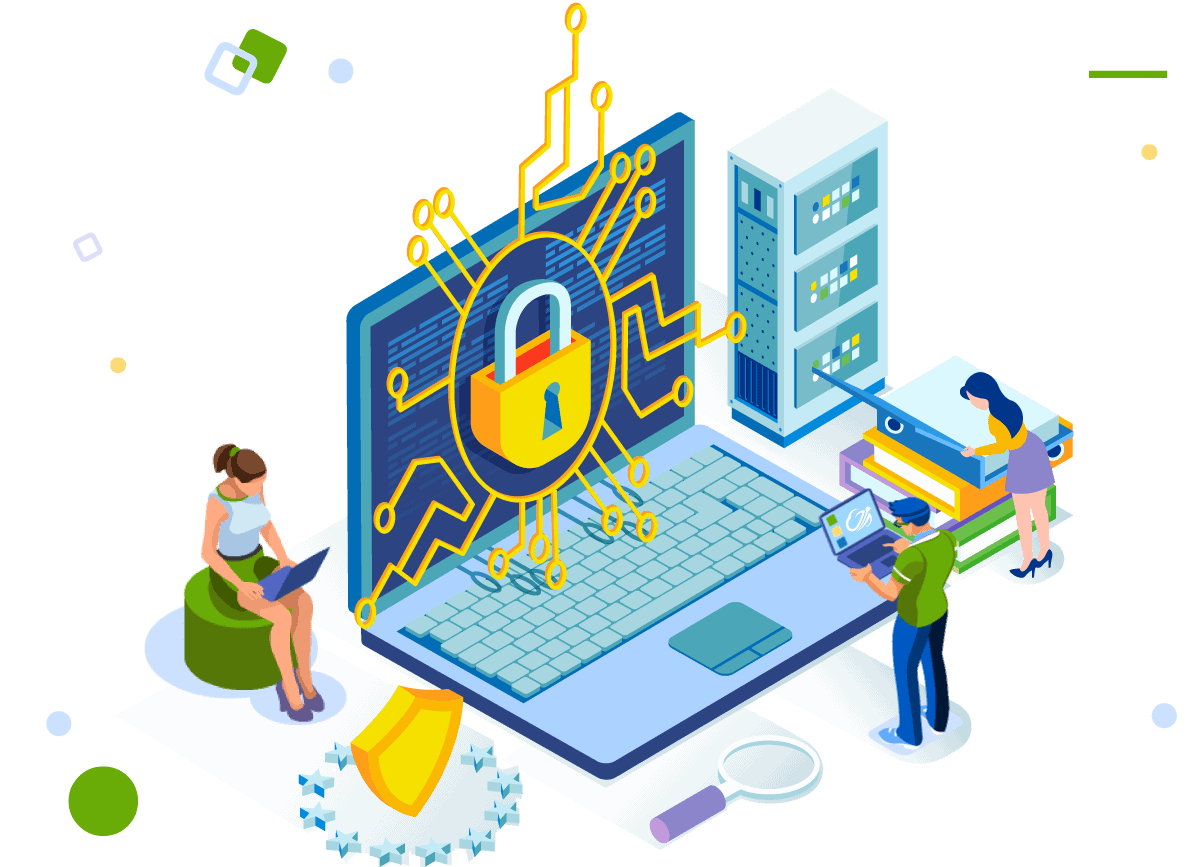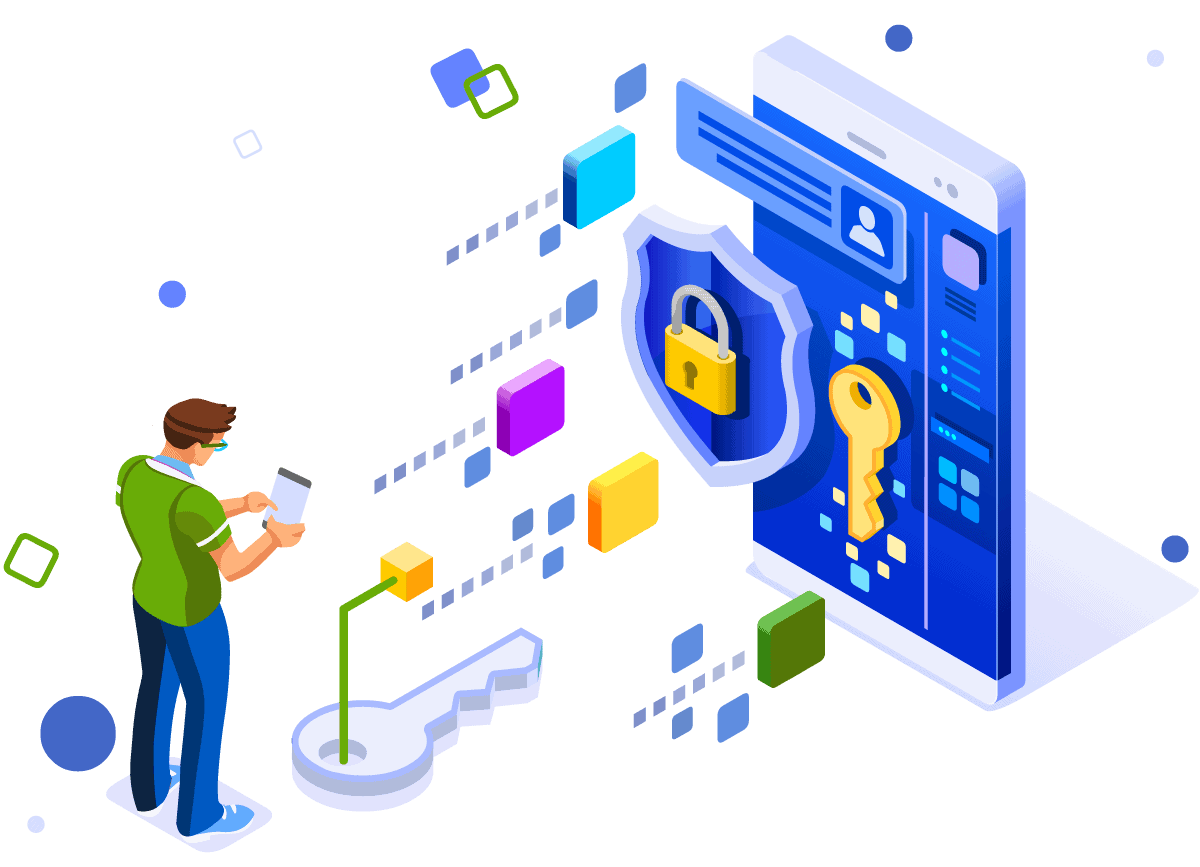Contact Us
Fill out the following form to get a free consultation and find out how we can help you fight cyber crime and technology issues!
California: (408) 533-8890
Oregon: (503) 766-5985
Washington: (206) 312-6540
Protect your business with the expert guidance of Heroic Technologies. We specialize in comprehensive cybersecurity risk assessments and tailored solutions in California, Oregon, and Washington. Let us manage your cybersecurity so you can concentrate on expanding your business—contact us today for a safer tomorrow.


As cyber threats grow in sophistication and frequency, it’s never been more important for businesses to stay ahead with robust cybersecurity measures. Conducting a Cybersecurity Risk Assessment (CSRA) is a critical first step in safeguarding your business from potential attacks.
Take action today to secure your business’s future. Schedule a Cybersecurity Risk Assessment and fortify your defenses against cyber threats.
By identifying vulnerabilities through a Cybersecurity Risk Assessment, you can take proactive steps to protect your organization, whether you’re building your security from scratch or enhancing existing measures.


Your business for vulnerabilities to uncover any potential threat, and monitoring your network for anomalous activity
Your business network security to reduce the chances of a successful cyber attack

Cloud computing to better protect your data, and applying updates as they’re released to keep your devices secure

And reliable support services from skilled security experts who can act swiftly in the event of a cyber incident
Cyber Risk Assessments provide a variety of benefits through a detailed analysis of your organization’s security posture, highlighting both strengths and areas for improvement.
By working with experts to conduct a thorough cybersecurity assessment, you not only protect your business but also enhance its overall efficiency and performance. Don’t wait for a security breach to happen—take proactive steps today to safeguard your business’s future.


Creating a risk assessment process and working through an audit takes time, and it can seem like a daunting and challenging task—but it’s well worth the effort.
To properly perform a thorough risk assessment, you’ll need to take several steps. You first need to be familiar with your organization’s current cybersecurity posture. This includes reviewing:
You’ll also need to set high-level goals to work towards when it comes to securing your company’s devices and data and design a plan to reach these goals to achieve improved security.
Updating all your passwords—and having your employees do the same—for all your logins is a good first step to take. Use a reputable password manager to set hard-to-guess passwords for all accounts, your Wi-Fi, and for each device. Utilize a combination of uppercase and lowercase letters, numbers, and symbols to make each password more difficult to crack.
Ensuring all devices on your network are running the latest firmware updates can help patch exploits and vulnerabilities. Be sure all remote devices (such as business laptops and smartphones) also have up-to-date firmware.
Updating all software used across all employees’ devices can help remove potential vulnerabilities that attackers could otherwise exploit. This includes everything from your devices’ browsers to word processing and office applications, operating systems, and more.
Enabling Two-Factor Authentication (2FA) is another great way to improve overall security throughout your business. When an employee attempts to log in to a site, they’ll need to verify their attempt with a one-time code sent to their mobile device or private password manager to gain access.
Securing all your business data with strong encryption can make it impossible to (or extremely difficult) to steal. When properly secured, even if hackers gain access to your network, they will not be able to read or distribute your company’s private information.
Implementing a firewall can help detect and block suspicious traffic before attackers are able to infiltrate your network or cause downtime and interruptions. Having a firewall protect your network is a crucial step to take when it comes to protecting your business network.
Ensuring each device on your business network (and remote devices) has real-time monitoring and scanning to detect and block suspicious files, viruses, ransomware, and other malware can help greatly reduce the chances of a breach or data loss.
Requiring each staff member to go through cybersecurity training can help them learn to be aware of and identify different types of attacks they may face, and teach them what actions to take when they encounter these scenarios.
Utilize a service that sends test emails to employees to track if they click suspicious links or provide information when they shouldn’t. The insights you can gain from these tests can help you work with employees to teach them how to be more vigilant before they accidentally interact with a real threat.
Create a policy to ban media such as USB drives, external hard drives, and CD-ROMs. Not only can staff misplace these devices (or have them stolen), but these devices may also become infected if placed on a compromised machine (such as an infected home computer) and can introduce malware into your network.
Regular risk assessments are essential tools for identifying new vulnerabilities and fortifying your cybersecurity defenses. Whether you’re new to this practice or looking to enhance your current security measures, here’s why and when it’s best to conduct these evaluations:


Navigating the world of cybersecurity risk assessments (CSRA) can seem like a daunting task, especially if you’re new to the field. Here’s a simplified breakdown to help you understand the essentials and get started on securing your business.
Ready to enhance your company’s cybersecurity but not sure where to begin? Consider consulting with cybersecurity experts who can provide tailored advice and help you stay one step ahead of potential threats.
Conducting a Cybersecurity Risk Assessment on your own can be overwhelming, but you don’t have to face it alone. If you’re in California, Oregon, or Washington, Heroic Technologies is here to help. Our team will guide you through a detailed assessment, develop a personalized plan, and offer the advice needed to protect your business.
As a leading managed service provider, we’ll help assess and resolve current risks while providing ongoing customized support and cybersecurity services. Partner with us to focus on growing your business without the worry of security breaches or downtime.
Ready to secure your business and enhance your peace of mind? Contact Heroic Technologies today and let us handle your cybersecurity needs while you focus on growing your business.


Don’t wait for a security breach to threaten your business. Contact Heroic Technologies now to schedule a Cybersecurity Risk Assessment. Let us help you safeguard your data, enhance your security protocols, and keep your operations running smoothly.